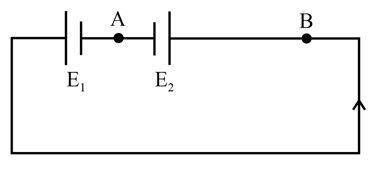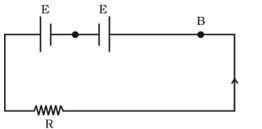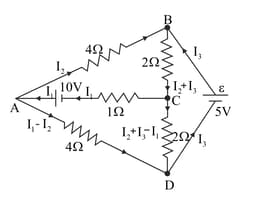NCERT Solutions for Chapter: Current Electricity, Exercise 3: SA
NCERT Physics Solutions for Exercise - NCERT Solutions for Chapter: Current Electricity, Exercise 3: SA
Attempt the practice questions on Chapter 3: Current Electricity, Exercise 3: SA with hints and solutions to strengthen your understanding. NCERT Exemplar Physics - Class 12 solutions are prepared by Experienced Embibe Experts.
Questions from NCERT Solutions for Chapter: Current Electricity, Exercise 3: SA with Hints & Solutions
First a set of equal resistors of each are connected In series to a battery of emf and Internal resistance . A current Is observed to flow. Then the resistors are connected in parallel to the same battery. It is observed that the current is increased times. What is ‘’ ?
Let there be n resistors with and . Show that when they are connected In parallel, the resultant resistance and when they are connected In series, the resultant resistance . Interpret the result physically.
The circuit in Figure shows two cells connected In opposition to each other. Cell is of emf and Internal resistance ; the cell is of emf and Internal resistance . Find the potential difference between the points A and B.

Two cells of same emf but internal resistance ; and are connected in series to an external resistor (Figure)What should be the value of so that the potential difference across the terminals of the first cell becomes zero ?

Two conductors are made of the same material and have the same length. Conductor A is a solid wire of diameter . Conductor B is a hollow tube of outer diameter and inner diameter . Find the ratio of resistance to .
Suppose there is a circuit consisting of only resistances and batteries and we have to double (or increase it to -times) all voltages and all resistances. Show that currents are unaltered. Do this for the given circuit.

